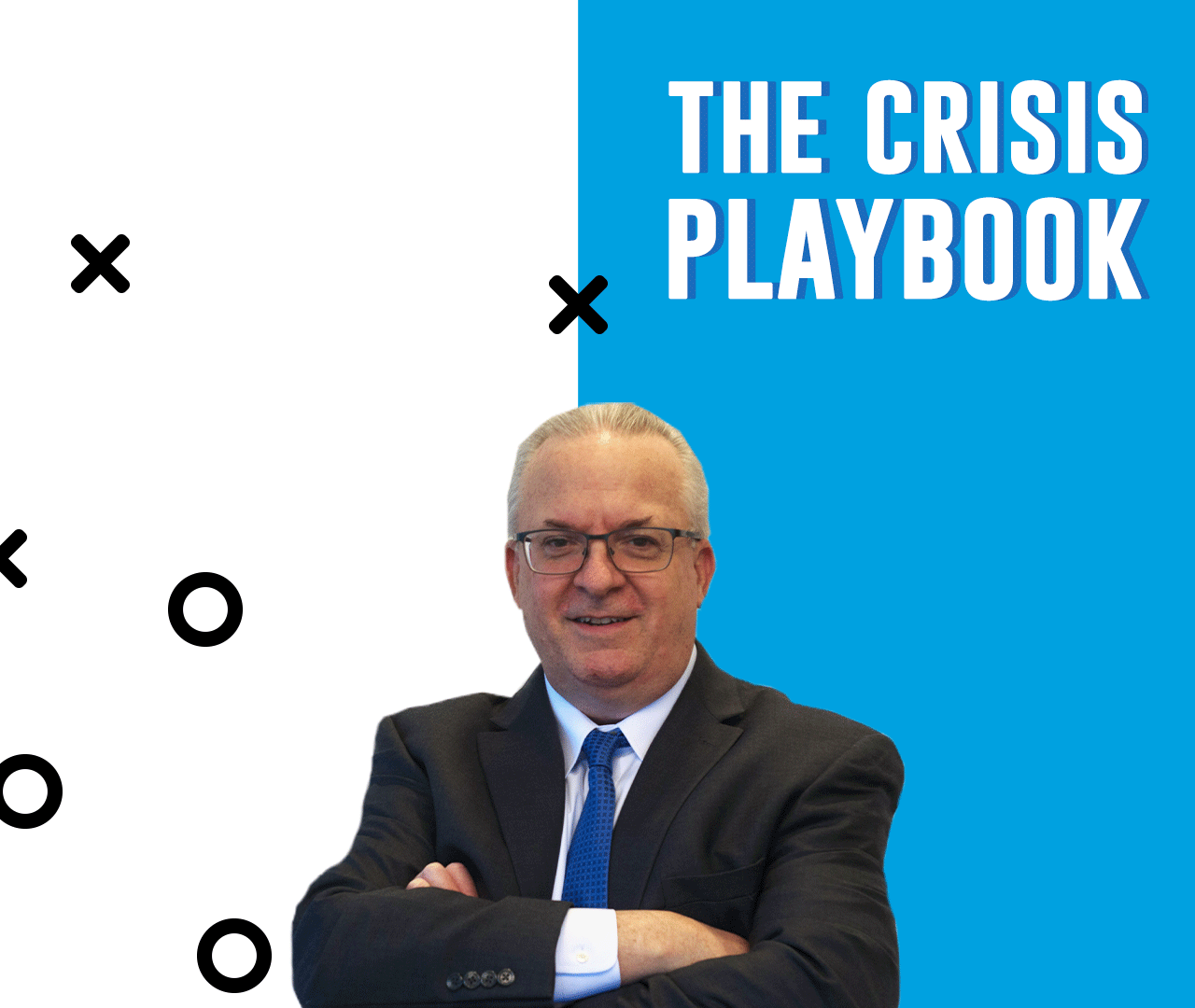The Crisis Playbook: 100% Necessary, 52% Utilized
I recently spent a couple of days at a PR News Crisis Management Summit discussing and dissecting all things crisis with more than a hundred communications executives from around the country. I could give you a “Summary of the Summit” or “The Top 10 Takeaways” (I never go above 10, even in a BuzzFeed “listicle” world where 23 is the new 10), but there’s one piece of advice that deserves its own focus.
Out of the many presentations, panels, breakouts and one-on-one conversations over two days, one thing is clear: make sure your company has a crisis playbook. Or plan. Or manual (these were the three most popular names for it, although I’ve heard crisis policy as well).
A presentation from Deborah Hileman from the Institute for Crisis Management contained some eye-opening statistics about the lack of crisis readiness within companies:
- Nearly half (48%) of communicators surveyed in a Nasdaq Public Relations Services/PR News survey said their organization lacks a crisis communication playbook.
- Only half of organizations feel they are prepared to manage a crisis effectively (Nasdaq Public Relations Services/PR News).
- 73% of board members surveyed by Deloitte cite corporate reputation as a vulnerability, but only 39% said their business had a plan to address it.
The same presentation revealed that the average number of headlines signaling corporate reputation risk are skyrocketing, from 570 stories during the years 2000 to 2009 to 1,030 stories from 2010 to 2016. Risk is up, but preparedness is not.
Over the course of many years in crisis communications, my colleagues and I have found four primary reasons why companies don’t have a formalized crisis plan:
- Lack of time: The sentiment can be summed up as, “We know it’s important, but there are more time-sensitive projects that push crisis prep to the bottom.” It takes time to get everyone aligned internally, create or re-examine protocols, think through scenarios, train executives, etc. Who has time to do all this? Our agency does, if you’re asking.
- Lack of ownership: When the responsibility for developing and maintaining a crisis policy is shared between groups (as sometimes happens), the unfortunate result is no one truly owns it. And when no one owns it, whatever “it” is can get ignored, forgotten, or simply not created.
- Lack of resources: “We don’t have it in our budget.” It costs (some) money to be fully prepared. But does the investment in preparation cost less than the potential damage to reputation? I would say so.
- Lack of relevance: “We’ve never had a crisis, so we never saw the need” says the person who calls you because they now have a need and they’re not sure what to do.
I’m not suggesting that a crisis manual is the only step; it shouldn’t lull you into a false sense of security. Every crisis is fluid and has nuances that deserve the proper attention and focus. The manual, however, is a foundational element that provides structure, defines roles and facilitates fact gathering, risk assessment and protocols.
So even if you and your colleagues can’t decide on whether to call it a plan, a manual, a policy or a playbook – just agree that your company should have one. It’s an insurance policy that you may never need to use, but you will sleep better knowing you have it (and frankly, most companies use it at some point).
Learn more about Coyne PR’s Corporate Communications expertise.




